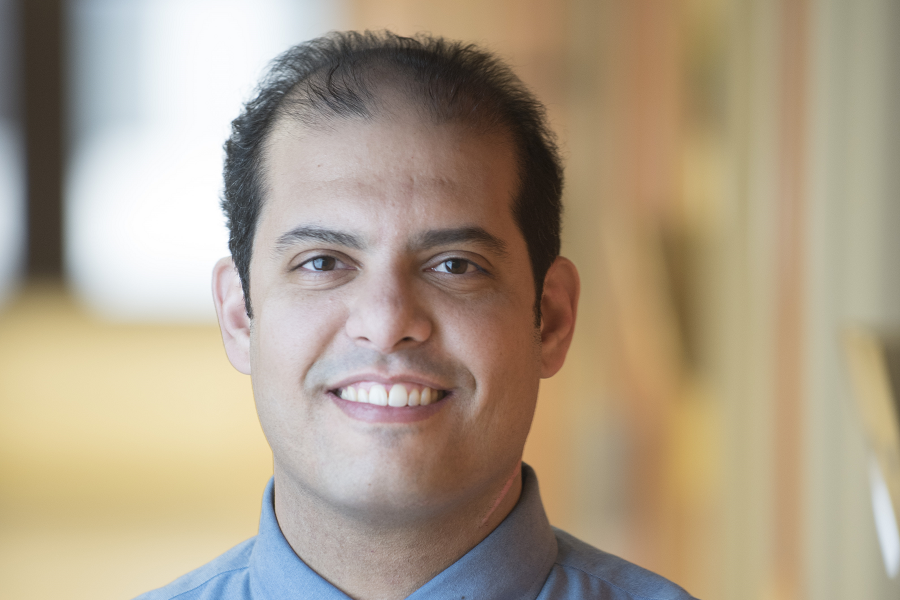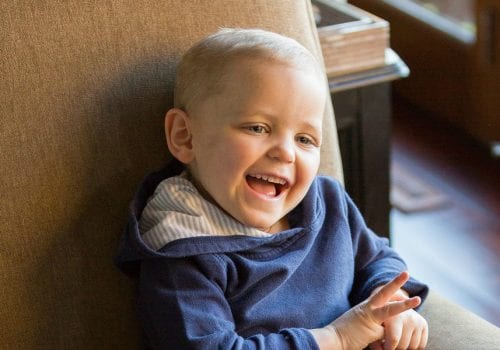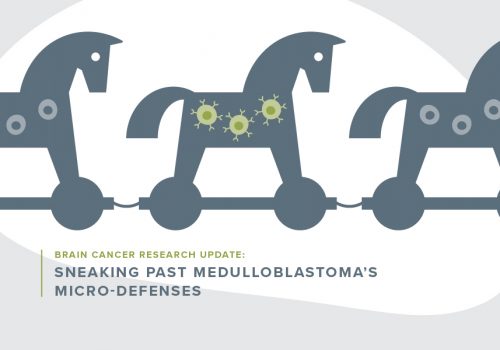Graduation: It’s a much-anticipated milestone that marks a new life ahead. For the many children who’ve overcome childhood cancer, the transition starts when they celebrate the end of treatment and look ahead to life as a survivor. Although patients may show no evidence of disease, the late effects of cancer are far from “cured.”
Long-term complications of childhood cancer treatment, known as late effects, can be caused by treatments like chemotherapy, radiation, surgeries and bone marrow or stem cell transplants. Common late effects vary by person, from second cancers to lung and heart issues or fertility problems. They can also impair cognitive function and cause anxiety or depression.
“Cure alone isn’t good enough,” says Karim Thomas Sadak, MD, MPH, MSE, of the University of Minnesota’s Childhood Cancer Survivor Program (CCSP), which is supported by Children’s Cancer Research Fund.
They see approximately 300 survivors each year in their clinics.
“We’ve come a long way. Today, it’s not cure at any cost. It’s cure, but with the best quality of life possible,” he says.
Lucie Turcotte, MD, MPH, MS, agrees. “We’re thinking beyond this year or the next year, and toward a long and productive life,” she says.
As a leading researcher in CCSP, she notes that the dual functionality of research and clinical practices backed by the university allows changes to be brought quickly and directly to the clinical front.
Through data gathered by research, they can determine if a cancer is genetic and tailor a combination of therapies and target risks for each patient. They can also reduce the amount of radiation and cut down on chemotherapies associated with second-cancer risk.
Survivors themselves, some well into mid-adulthood, contribute to research on late effects by completing an annual survey. The national Childhood Cancer Study, initially funded by CCRF, has collected histories of survivors from 1970 and beyond.
“It’s exciting to know that we can make changes just by observing,” says Turcotte, noting that data from the study is informing current CCRF-funded research on the impact of donor characteristics on bone marrow transplant recipients.
The CCSP ensures that every visit is guided by a Survivor Care Plan unique to each patient. The plan includes a summary of prior treatment, a comprehensive list of late effects and a detailed plan for the survivor’s health care future. The plan keeps the care team and family on the same page, from assessing medical factors to covering one of the most common survivor concerns: evaluating and supporting the family’s well-being.
Knowing how to stay healthy as a survivor is critical, so education is a big part of the care delivered by the CCSP. Along with providing guidance on logistical factors, such as insurance coverage specific to a survivor and his or her family’s situation, the program empowers survivors to take responsibility for their health as they grow older.
A highlight of the year is the CCSP annual spring Survivor Conference, funded by CCRF and attended by more than 250 survivors and families.
“We have a lifelong opportunity to make a difference in the quality of life of a childhood cancer survivor,” says Sadak.
Along with disease surveillance to prevent or catch late effects, Sadak envisions long-term relationships with survivors as partnerships so that no one slips through the cracks. CCRF’s focus on childhood cancer and survivors means that your donation funds research that benefits families fighting childhood cancer – before and after treatment.




